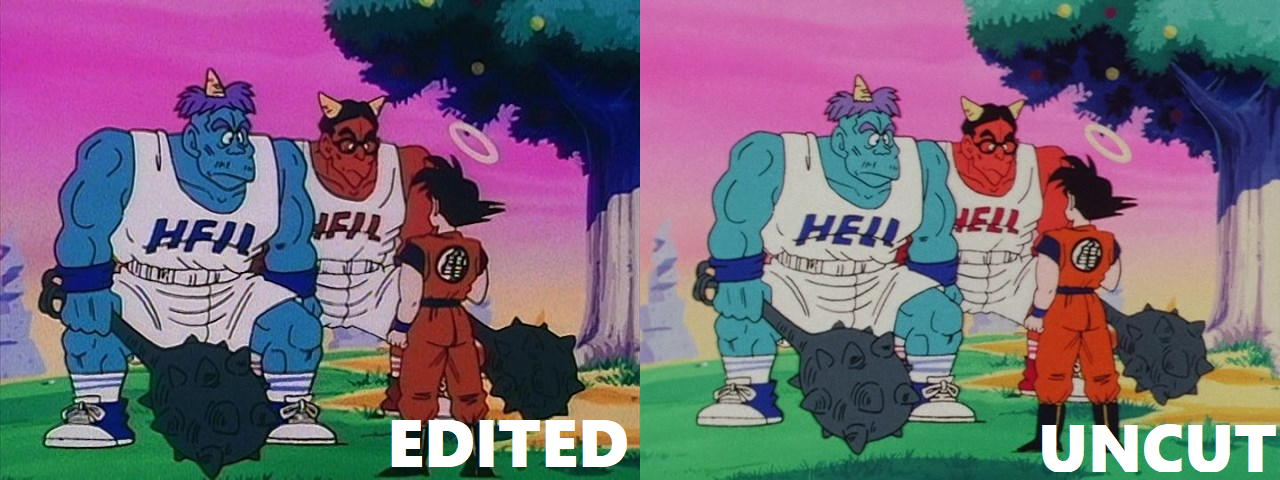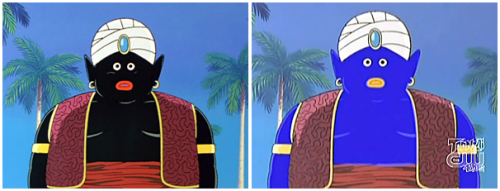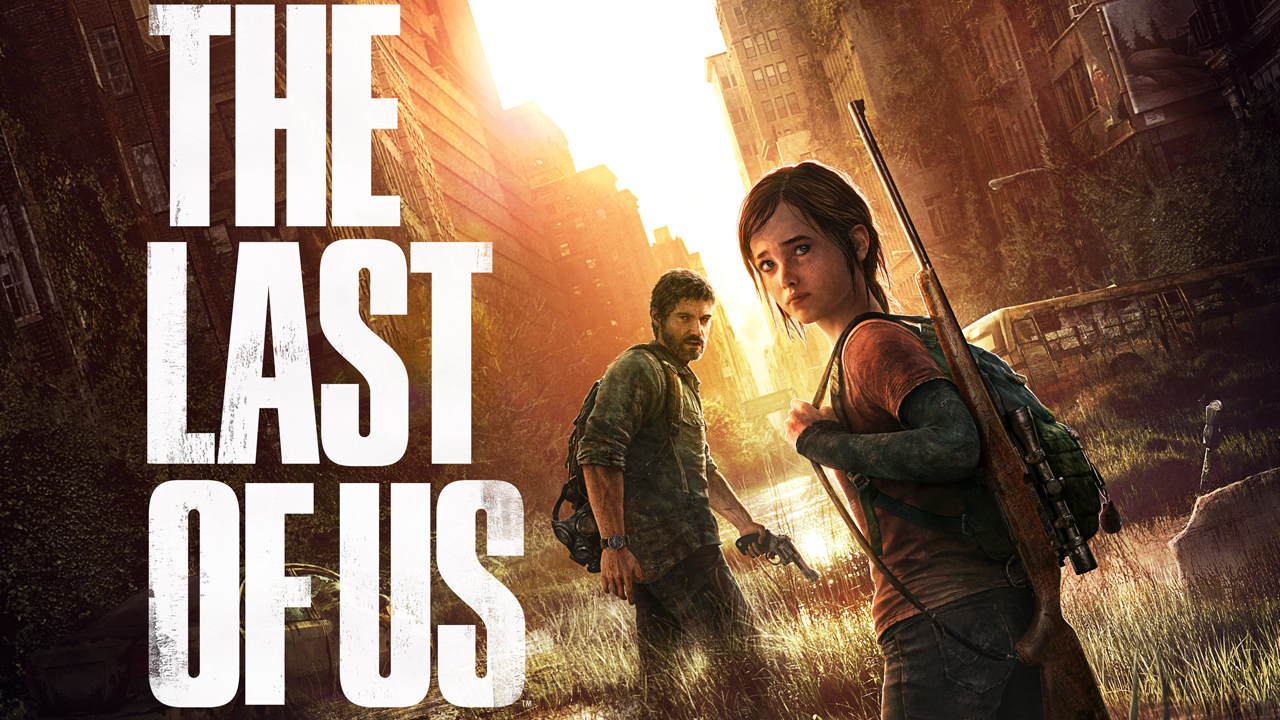The anime industry, while still relatively niche, has been
growing since the early nineties. Much like Japanese monster and horror films,
anime has quite the following, with merchandise and various conventions all
across the globe. There are several companies that all produce different kind
of anime for fans to watch. However, while anime is a niche market, it does
have a reasonably large market and some figure heads are more well-known than
others. One of those companies, Toei
Animation, is a perfect example of one of the juggernauts of the anime
industry
 |
| Toei's logo is donned with an image of Pero, the company mascot. |Source| |
Toei is an
animation company that produces various anime in Japan. The company was formed
in January of 1948. According to their history timeline on the official Toei website, Toei Animation was originally located in Shinjuku, Tokyo but has
also set up various studios and departments located in Nerima, Tokyo, the Philippines,
and Los Angeles ("Toei animation corporate,") Their very first film, The
White Snake, premiered in Japanese theaters on October of 1958 ("Toei animation history,") The company
is best known for producing various TV shows, generally targeted towards kids. Toei is one of the oldest anime production
companies, as well as one of the most renowned. Any hardcore anime fan will
have seen at least one Toei show and
are likely watching one of their latest anime. Not that it means anything from
a comparison stand point, because the general public has as well, without even
realizing it.
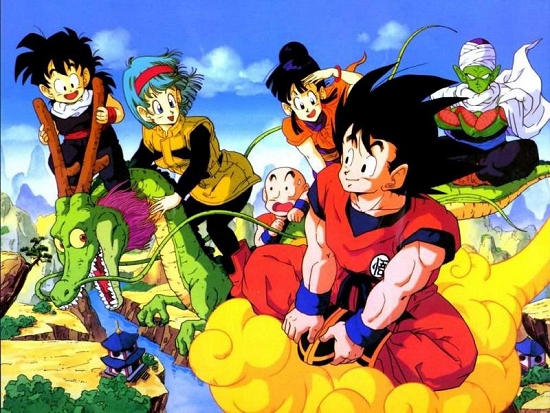 |
| DragonBall Z is one of the most popular anime out there, and for good reason! |Source| |
To both the Asian and Western public,
Toei Animation is perhaps best known for producing the hit anime
series
DragonBall Z. Despite having
what has appeared to be major quality control issues,
DragonBall Z garnered a huge following internationally. The success
of
DragonBall Z led to many forms of merchandise,
such as action figures, movies, music, cards, video games, and clothing. Even
today,
DragonBall Z is fondly
remembered as a masterpiece of fiction worthy of standing next to cult icons
such as
Superman or
Batman, and is considered to be one of
the classic anime that any fan should see.
 |
| Fighting for a Greek goddess has never been so awesome! |Source| |
Although none as stellar of a hit as
DragonBall Z,
Toei has
produced other titles that many hardcore anime fans consider fantastic, if not
a little overhyped. One of my favorite anime, along
DBZ, is a slightly obscure series called
Saint Seiya. While it never made as big of an impact as
DBZ,
Saint
Seiya did air edited in English under the title
Knights of the Zodiac on
Cartoon
Network, the same station that aired
DragonBall
Z in English.
Saint Seiya was
popular in Japan and did get some attention in North America, but never caught
wind like
DragonBall Z. Since its
cancelation after the first thirty episodes,
Saint Seiya quietly died down, but not without a release on DVD and
a separate translation done to be more accurate to the original Japanese.
There has been some attempt to bring the series back, but only time will tell whether
or not
Saint Seiya will become the
next
DragonBall Z.
 |
| Admit it, you watched it too. |Source| |
While most of
Toei’s
shows were targeted towards young boys, they do have at least two major
franchises targeted towards girls. Around the same time as when
DragonBall Z started airing in English,
Sailor Moon also began its run.
Sailor Moon, much like
DBZ, is considered a classic among the
fans that remember it. When it aired on television,
Sailor Moon garnered almost as much praise as
DBZ and practically split the anime niche in half. Unfortunately,
the series has long since finished, with DVDs out of print and merchandise hard
to find. Recently,
Sailor Moon has
seemingly had resurgence. The
original comic books have been finally released in English and
talks of a new TV series arise as well as
the English voice cast reuniting after twenty years from the series original
debut on North American TV. Ah,
Sailor
Moon, you’ve been missed!
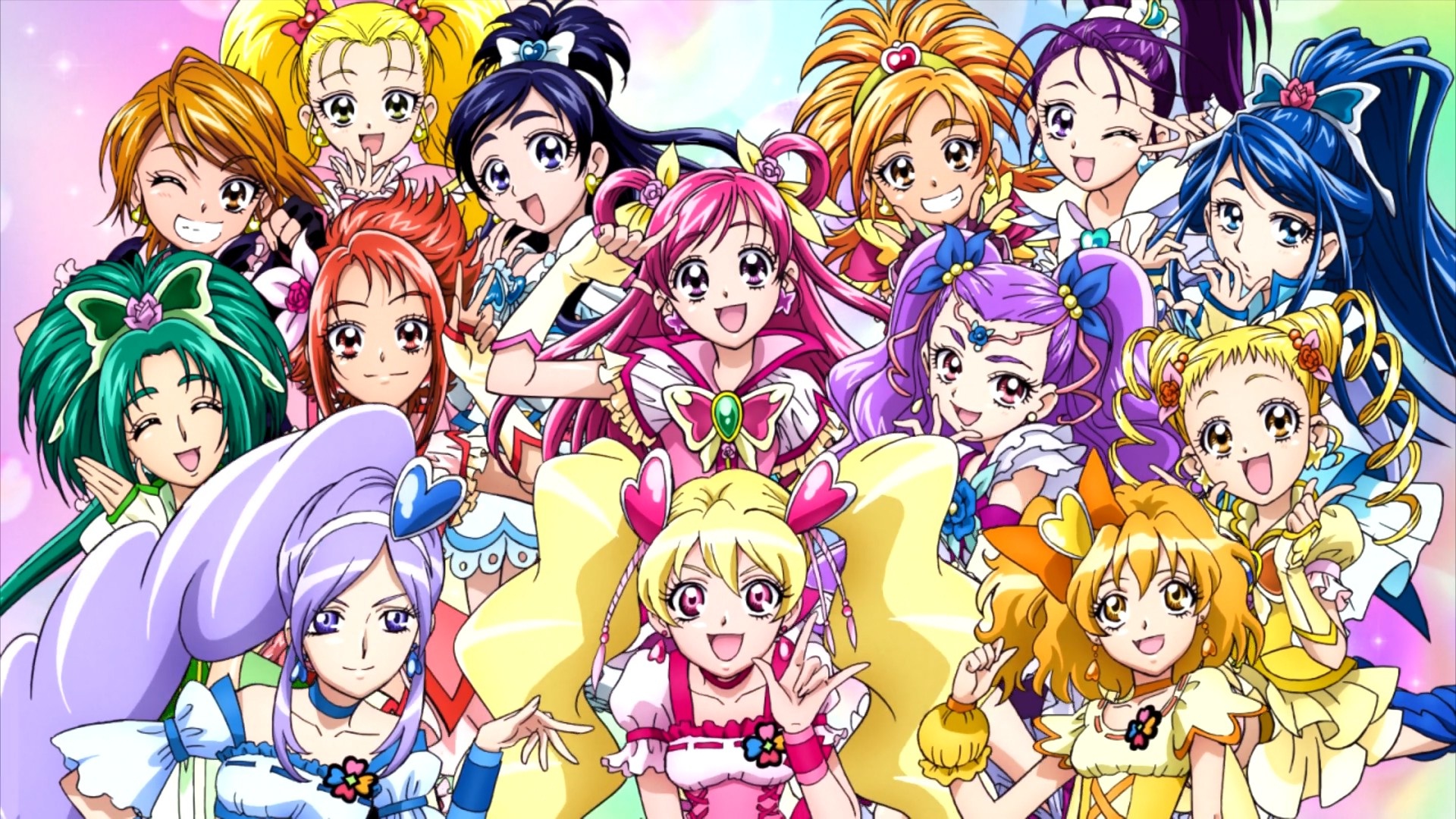 |
| Pretty Cure is kind of like a mix between Sailor Moon and Saint Seiya. |Source| |
Toei’s other
female-oriented show is a franchise called
Pretty
Cure. While primarily popular in Japan,
Pretty
Cure could be considered one of Toei’s “safe-guards”, meaning it keeps
Toei afloat when they are in trouble.
Unlike the other series mentioned earlier,
Pretty
Cure is a long going series will a new season being produced almost bi-yearly.
Due to its popularity,
Toei has
released a plethora of
Pretty Cure
merchandise including toys and movies.
There was a short lived attempt to market the series in North America, but not only did it
hardly ever see the light of day, there has also been no further attempt to
bring the series into the English speaking market.
 |
| One Piece is too big for one TV. |Source| |
Currently, Toei
Animation has been producing and airing the hit series One Piece on Japanese television. One Piece has essentially taken the past two generations of fans by
storm and may have even surpassed DragonBall
Z as the series that fans needed to watch. One Piece has been ongoing for roughly 600+ episodes and has quite
the following internationally as well. Most anime fans, if not all, love One
Piece and Toei is proud to be the one helming the anime adaption of it. One Piece has garnered films, video
games, toys, clothes, and even food merchandise, all of which are happily consumed
by fans. One Piece is currently
considered to be the best selling anime franchise of all time.
Despite all this success, Toei is apparently struggling. According to Toei's second quarter of 2014 report, their TV
ratings have been on the low side ("Toei animation data," 2013) I’m not sure if I agree with that statement,
but I can see evidence of its truthfulness. The way I see it, for the past five
years, Toei has been switching out
franchises, going from DragonBall Z Kai
to Saint Seiya Omega to back to Kai. From an analytical perspective, Toei’s primary goal is to make money, as
opposed to creating content for their fans while making money. To some, this
may make Toei appear as if they don’t
care about the consumer, but I see it differently. In my opinion, Toei is taking these ratings in as a
sign that the fans aren’t enjoying their content anymore. Thus, Toei is trying their best to give fans
what they want. Plus, with a juggernaut franchise like One Piece under their belt, Toei
shouldn’t have to struggle with other franchises in order to make money. From
my point of view, Toei is trying to
please the fans that aren’t necessarily interest in One Piece (like me.)
 |
| Toei's next big project. |Source| |
With that in mind, Toei doesn’t seem like that bad of a
company to me. While they may in fact be struggling a little, I don’t think
that they are in danger of going bankrupt. Toei has plans for other shows in
the future,
such as one based on Marvel’s The Avengers franchise, according to
Anime News Network. Clearly, Toei
Animation has no plans to stop creating awesome shows that fans of any age and
gender can enjoy.
Bibliography
Toei animation corporate. (n.d.). Retrieved from http://www.toei-anim.co.jp/english/corporate/coporate.html
Toei animation data sheet from the second qaurter of fiscal year 2014. (2013, October 10). Retrieved from http://corp.toei-anim.co.jp/ir/201403_2Q_keisu.pdf
Toei animation history. (n.d.). Retrieved from http://www.toei-anim.co.jp/english/history/history.html




